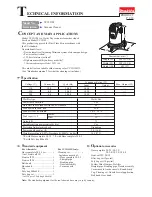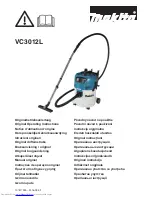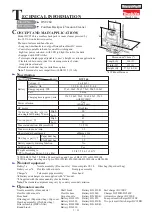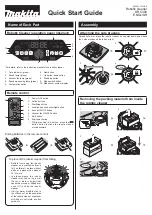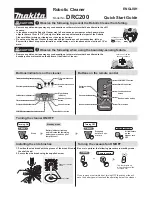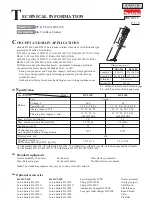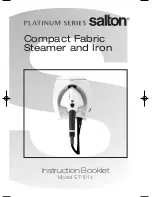
8
Troubleshooting Chart
Symptom
Possible Cause(s)
Corrective Action
Defective plug, cord, switch or
motor
Check wiring, replace
defective parts
Motor will not run.
Blown fuse or circuit breaker
Check fuse or breaker, replace
Check filter bag connection.
Check collector hose
connections
Excessive dust in air.
Leaking bag or hose connection
Replace filter bag
Worn brushes
Inspect brushes, place if
necessary
Motor is excessively noisy,
growls or pitch has changed.
Defective motor
Have motor checked by
qualified motor service
technician
Low voltage to collector caused
by circuit overload
Remove other electric
machines or appliances from
circuit
Low voltage to collector caused
by undersized extension cords
Increase wire gauge size of
extension cords or shorten
extension cords
Motor fails to develop full
power or motor stalls.
Low voltage from power source Request voltage check from
power company
Burned or defective motor
Check motor, replace if
necessary
Motor slow starts or fails to
reach full speed.
Worn brushes
Inspect brushes, replace if
necessary
Motor overload
Reduce load by slowing dust
production
Motor overheats.
Improper motor cooling
Clean sawdust from motor
Motor overloaded
Reduce load by slowing dust
production
Tripping circuit breaker or
fuses.
Improper capacity of circuit
breaker or fuses
Use proper capacity circuit
breaker or fuse
Summary of Contents for 3400
Page 1: ...1 ...
Page 9: ...9 Exploded View ...













